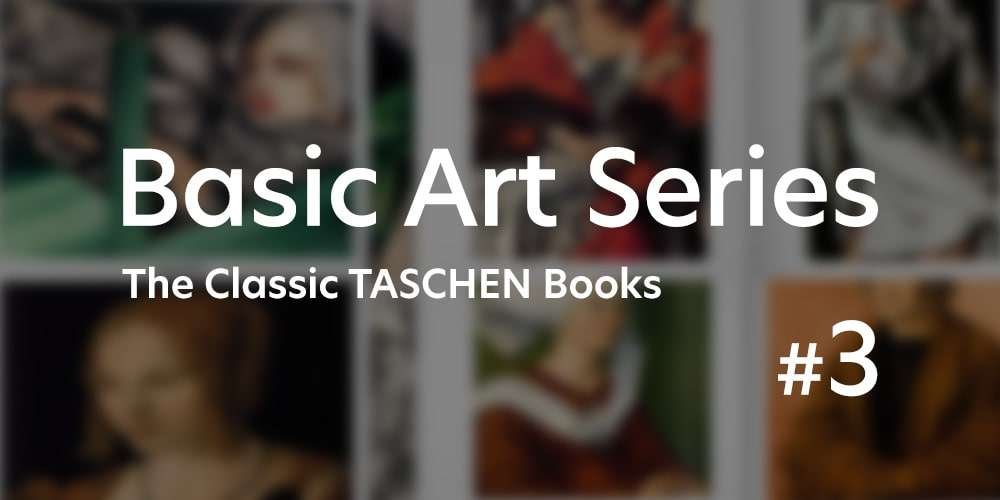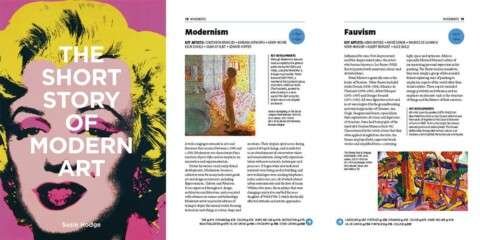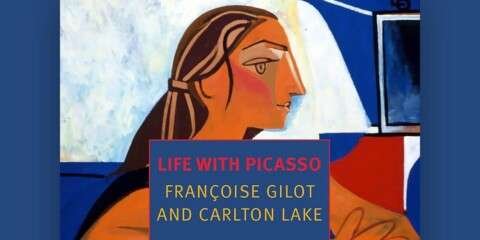Exploring the Basic Art Series by TASCHEN
TASCHEN’s Essential Art Series is more than just a series of books. Each volume provides a detailed chronology of an artist’s life and work, along with an analysis of their historical and cultural impact. This makes these books a must-have for any library, especially if you value depth and detail in the study of art.
Together, these volumes from the Basic Art Series provide a comprehensive overview of significant artistic movements and figures, enriching your understanding of art history and its lasting impact on contemporary culture.
Tamara de Lempicka: A Glimpse into the Icon of Art Deco
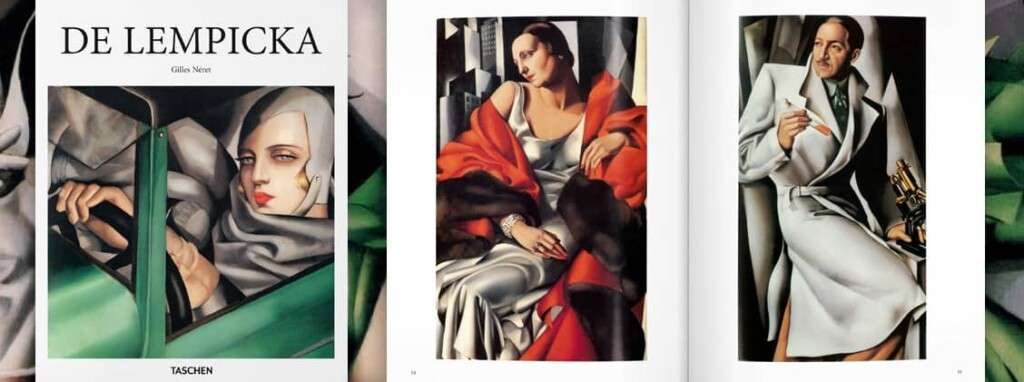
Enter the world of Tamara de Lempicka, the Russian painter who became the toast of 1920s Paris. After fleeing the Bolshevik Revolution, she created a style that combined neoclassical and Art Deco elements. Her work, characterized by cool colors and sharp lines, depicted high society figures and embodied modern femininity. Her self-portrait in the green Bugatti and various nudes underscore her themes of independence, power, and refinement. De Lempicka’s art offers a vivid glimpse into the interwar period and the Roaring Twenties.
Experience the elegance and boldness of Tamara de Lempicka’s work, which captures the essence of the Roaring Twenties and the Art Deco movement. If her paintings have inspired you to own a piece of this iconic era, here’s how you can acquire your own copy of her fascinating story:
- For a convenient purchase, visit Amazon to get your copy of Tamara de Lempicka. Discover her unique blend of neoclassical and Art Deco styles that defined an era.
- Alternatively, check out Tamara de Lempicka on Abebooks to delve into her life and work. See how she captured the spirit of 1920s Paris with her distinctive artistic vision.
Edgar Degas: Capturing the Essence of Movement
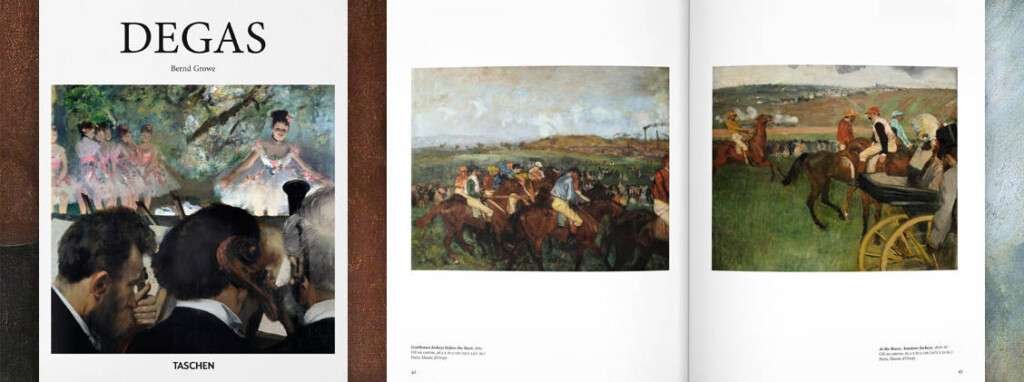
Learn about Edgar Degas, the French artist famous for his deep focus on movement, especially in his depictions of ballerinas. While often associated with the Impressionists, Degas followed a path that drew from the Old Masters. His innovative approach to composition and perspective captured the discipline of dance and scenes of urban life, from horse racing to cabarets. With its emphasis on the body in motion, Degas’s work transcends Impressionism and sets a new standard for capturing dynamic scenes.
Discover the world of Edgar Degas, whose artwork beautifully captures the essence of movement, particularly in his studies of ballerinas. If you’re moved by Degas’ unique approach to composition and perspective, here’s how to acquire a collection of his influential works:
- Check out Edgar Degas on Amazon to see how he combined traditional techniques with a modern understanding of movement and form.
- For an alternative source, find Edgar Degas on Abebooks and immerse yourself in his depictions of urban life and the discipline of dance.
- Explore Edgar Degas’s works available at TASCHEN, offering beautifully detailed editions that examine his approach to capturing moments of movement and expression.
Albrecht Dürer: Revolutionizing the Woodcut Print
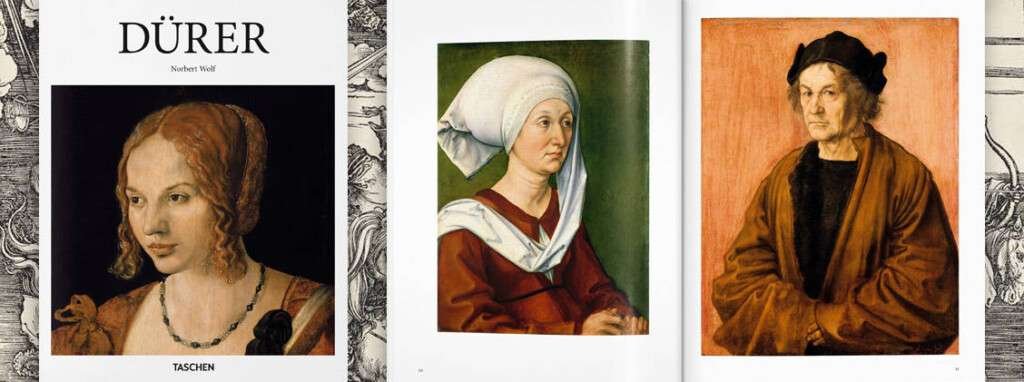
Meet Albrecht Dürer, the German Renaissance artist, writer, and theorist known for transforming woodcuts into a refined art form. His works, such as Melancholia I and Knight, Death and the Devil, are known for their emotional depth and thematic variety, ranging from religion to philosophy. Dürer’s Apocalypse series and his engravings, such as Melancholia I, show his ambitious use of tone and his deep intellectual curiosity. His influence on European art has been profound and enduring.
Explore the complex world of Albrecht Dürer, the German Renaissance master who transformed woodcut into a sophisticated art form. If you are fascinated by Dürer’s deep thematic exploration and innovative use of tone, here are the ideal places to acquire works that delve into his profound influence on European art:
- Buy Albrecht Dürer on Amazon, where you can explore his detailed engravings and woodcuts that range from the deeply religious to the philosophically profound.
- See Albrecht Dürer on TASCHEN, where beautifully curated editions showcase his ability to bring emotional depth and intellectual curiosity to each piece.
Ancient Egyptian Art: Unveiling Millennia of Masterpieces
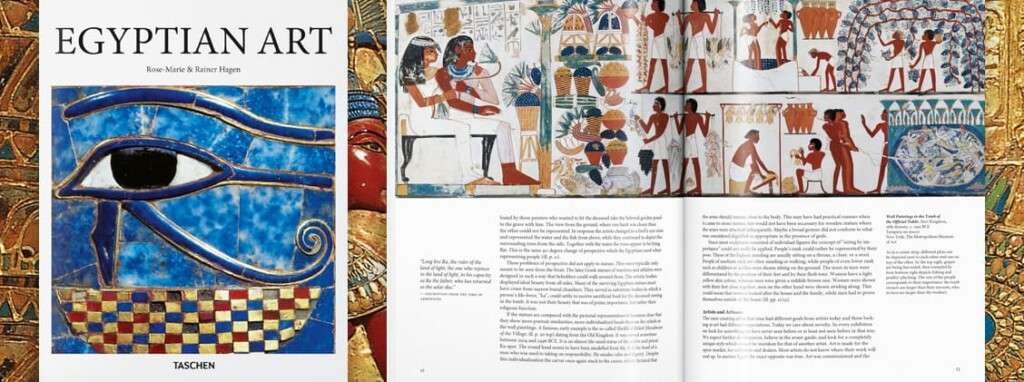
Explore a collection of ancient Egyptian art spanning thousands of years, from the Old Kingdom to the Roman period. This catalog includes sarcophagi, statues, reliefs, and more, created by artists whose names may be lost to history, but whose works, such as the Golden Mask of Tutankhamun, stand alongside those of Michelangelo and da Vinci. Discover the artistic heritage of ancient Egypt through its sculptures, tomb paintings, and monumental relics that offer a window into the rich cultural legacy of the pharaohs.
Immerse yourself in the rich tapestry of ancient Egyptian art, which spans millennia and features an array of masterpieces from the Old Kingdom to the Roman period. If you’re fascinated by the enduring legacy of Egypt’s artistic heritage, here are the best ways to acquire works and explore this profound cultural legacy:
- Explore Egyptian Art on Amazon, where you can find a comprehensive collection that includes everything from sarcophagi and statues to reliefs and tomb paintings.
- Find Egyptian Art on Abebooks for a wide range of works that illuminate the artistic achievements of a civilization whose artists remain unnamed, yet whose creations are as revered as those of Michelangelo and da Vinci.
- Discover more about Egyptian Art from TASCHEN, with beautifully illustrated books that capture the essence of Egypt’s sculptures, monumental relics, and the vivid narratives of its tomb paintings.
We appreciate your interest in reading this article. Please note that this article contains affiliate links, and we may earn a small commission if you decide to purchase through these links. This support enables us to continue providing you with high-quality content. We aim to offer unbiased and sincere recommendations, and your support is highly valued.


